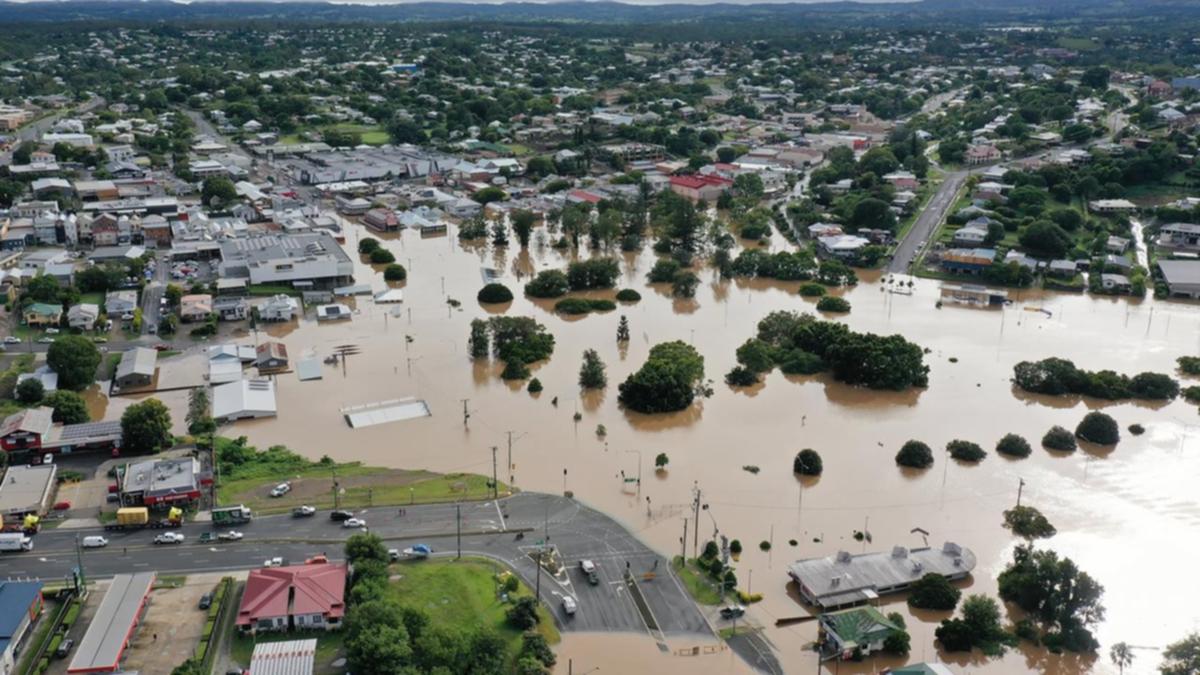Torrential downpours have led to major unfolding flooding events in south-east Queensland northern NSW. The Climate Council has emergency services, health and climate science experts on hand for media.
Quotes attributable to Lee Johnson, Former Commissioner of Queensland Fire and Emergency Services and member of Emergency Leaders for Climate Action:
“The heavy rains and extreme flooding we are seeing in south-east Queensland and northern New South Wales have seriously impacted local communities, causing damage to homes and businesses and, sadly, loss of life. I really feel for everyone going through this again. These floods are the last thing communities need.
“Unfortunately, these kinds of extreme weather events are becoming more common and will get more severe due to climate change.
“Queensland is used to getting hit hard by weather events however – floods, cyclones, fires, storms and droughts are all getting worse with a warming atmosphere. This state has always seen regular storms and fires, but the frequency and intensity of these events is accelerating. Queensland is on the front-line as the most affected state from extreme weather.
“It’s an unwelcome reminder of the devastating 2010/11 flooding events which devastated Brisbane, Toowoomba and the Lockyer Valley. Whilst much work has been done to make communities more resilient, a lot more must be done to combat the effects of climate change.
“Not only are storms of this nature dangerous for communities, they also impact productivity, agriculture and local businesses. We need to see all levels of government
enacting changes now to deeply and rapidly cut emissions. Only reducing emissions will protect people, our environment and the economy from the worst effects of climate change.”
*Please note Lee Johnson is not able to do TV interviews at this stage.
Quotes attributable to public health expert/epidemiologist Climate Councillor Prof Hilary Bambrick (who is currently sheltering neighbours in her water-damaged Red Hill home in Brisbane):
“The most urgent health message right now is to stay out of the flood waters. They are unpredictable and can be highly contaminated. Even if it’s not raining, it’s extremely dangerous.
“There is no doubt people’s mental health will be affected by this flood. There are places that have flooded in Brisbane and surrounds that have not gone under before. There are families who haven’t had to evacuate before, who have been taken by surprise.
“There will be a lot of trauma following these floods and it will be triggering for those who have been through previous ones. I would say please check in on friends and neighbours as people who are in shock may not actively seek help.
“In days and weeks to come we may also see a rise in vector-borne disease from mosquitoes breeding in stagnant water.”
Quotes attributable to Dr Simon Bradshaw, Climate Council’s Head of Research:
“These devastating and record-breaking floods in Queensland and New South Wales are happening in the context of climate change. The atmosphere has been made hotter, wetter and more energetic by the burning of coal, oil and gas. For every degree of warming the atmosphere can hold 7% more water. We are also seeing more rain arrive in the form of intense downpours.
“Combine these trends with a La Niña summer, and we see a much greater risk of intense downpours and floods.
“Queensland carries the greatest burden of disaster costs of any Australian state or territory. Since the 1970s, Queensland’s total losses from extreme weather disasters have been around three times those of Victoria, and about 50% greater than NSW. On a per person basis, Queensland’s losses are more than twice the national average.
“The state is very vulnerable to the worsening effects of climate change, and it’s up to governments to prepare and protect its people from worsening extreme weather events.”












